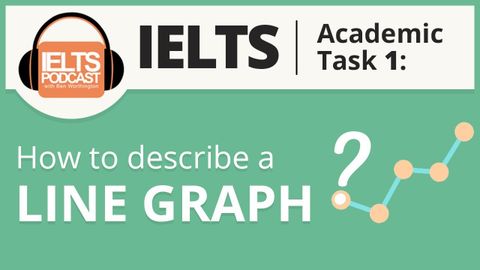【雅思速成班】如何正確描述圖表 (How to Describe a Line Graph IELTS Academic Task 1)
 沒有此條件下的單字
沒有此條件下的單字US /səbˈskraɪb/
・
UK /səb'skraɪb/
US /ˈpɪriəd/
・
UK /ˈpɪəriəd/
- n. (c./u.)時期;(用於句末;表示斷定的口氣)就這樣;句號;月經;期間
US /ˌrɛkəˈmɛnd/
・
UK /ˌrekə'mend/
US /ˈbesɪkəli,-kli/
・
UK /ˈbeɪsɪkli/
